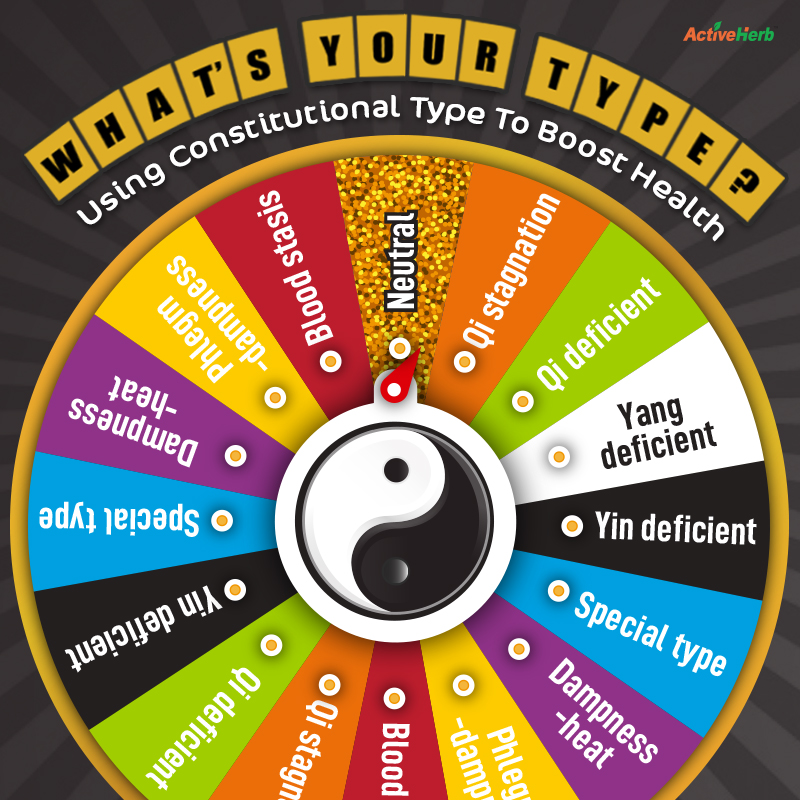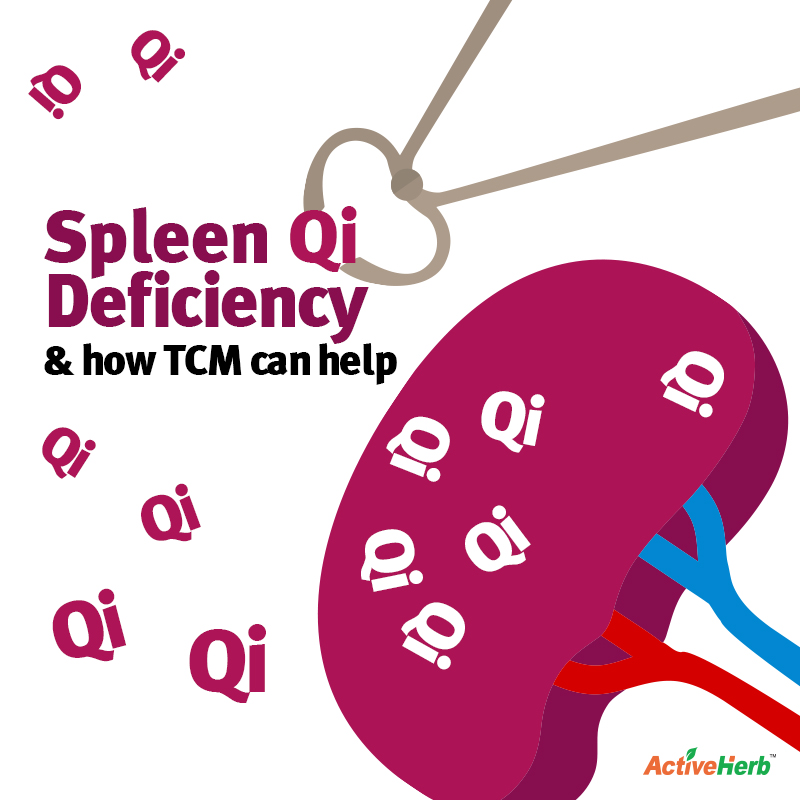TCM Superheroes: Meet the Legends of Chinese Medicine
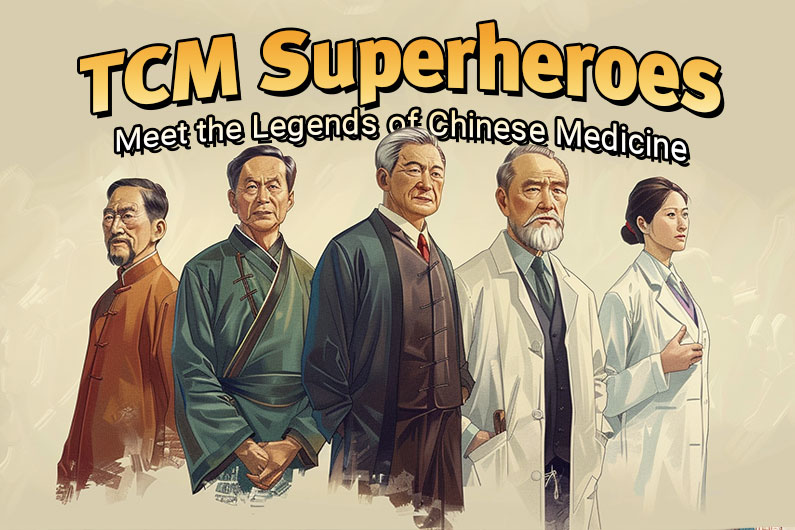
Every great tradition has its heroes. Medicine is no different. In Western medicine, names like Florence Nightingale, Alexander Fleming and Jonas Salk stand out. (The Salk Institute is just a few miles away from ActiveHerb.com HQ in San Diego). The development of Traditional Chinese Medicine (TCM) also is rife with legendary figures.
From emperors who laid down the first written theories, to physicians who cataloged thousands of herbs, to modern pioneers bridging ancient wisdom with Nobel Prize–winning science, these “TCM Superheroes” shaped the way we understand health, balance, and longevity today. Much of TCM evolved through a collective consciousness rooted in Daoist philosophy. Yet these trailblazers stood out, leaving a legacy that continues to guide wellness in the modern world.
Huangdi: The Visionary Founder

The first TCM legend we’ll meet is Huangdi (circa 2700–2600 BCE), the so-called “Yellow Emperor.” Whether Huangdi was a real figure or a semi-mythical ruler is, well, the stuff of legend.
Huangdi occupies a special place in Chinese cultural memory. Celebrated as a unifier, inventor, and sage who established order in early Chinese civilization, Huangdi may (or may not) have innovated the calendar system, the compass, and even early writing systems. But his greatest legacy, at least from a TCM perspective: the most influential text in TCM, The Huangdi Neijing. Better known as “The Yellow Emperor’s Inner Classic,” the text is like what amino acids are to protein. The Yellow Emperor’s Classic forms the rudimentary building blocks of TCM. In the book, Huangdi dialogues with his physician Qi Bo about Yin and Yang, the Five Phases/Elements, and the idea that health depends on harmony between humans and nature.
It’s a worldview rooted in the rhythms of the cosmos. But it translates surprisingly well to everyday modern life. For example, imagine waking up sluggish after a late night doom scrolling through your social media feeds. Huangdi’s advice would be simple: your Qi has drifted out of sync with natural rhythms. Rise with the sun, rest with the night, and balance will return. Easy for the Yellow Emperor to say; he wasn’t tempted by screens. Still, we can thank him at least indirectly for another type of screen that’s actually good for us: Jade Screen (aka, Jade Defender).
Zhang Zhongjing: The Cold Damage Commander

The next TCM legend is Zhang Zhongjing (150-219, CE), who lived during the Eastern Han dynasty, a time when epidemics frequently swept through communities and medical knowledge was scattered. Born into a respected family, he witnessed firsthand how disease could devastate entire households, including his own.
Determined to bring order and consistency to healing, Zhang studied the medical classics and synthesized them into a groundbreaking text, the Shang Han Lun (Treatise on Cold Damage Disorders). In this work, he laid out systematic methods to diagnose and treat febrile illnesses, codified the use of herbal formulas, and emphasized balancing the body’s internal landscape to resist external pathogens. Many of his formulas, such as Xiao Chai Hu Tang (Bupleuri Relaxe™) remain staples in TCM two millennia later. Thanks to Zhang’s vision, Chinese medicine gained its first cohesive clinical framework, one that still helps people restore balance during illness.
Hua Tuo: The Surgical Sage
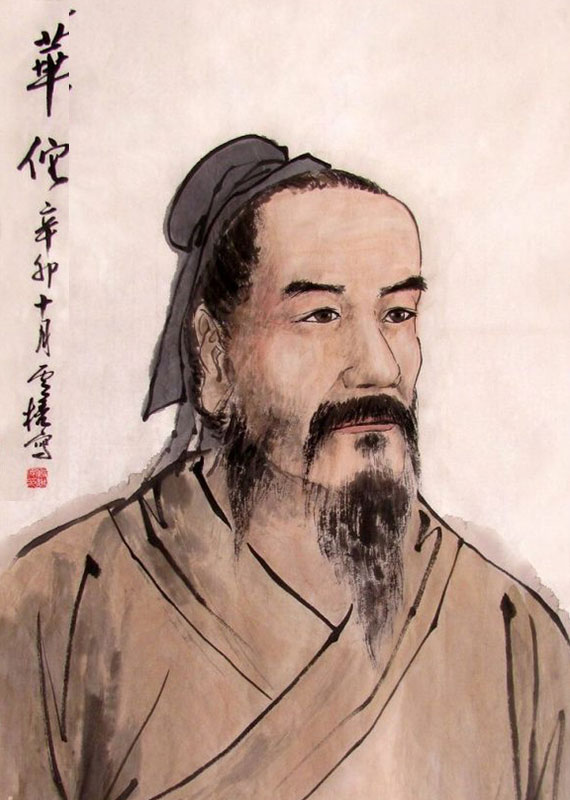
Hua Tuo (c. 140–208 CE) was, in a sense, a “neighbor” of Zhang Zhongjing. Like Zhang, he lived during the late Eastern Han dynasty. Both men practiced medicine during a time that was part Bubonic Plague, part Civil War.
While Zhang became famous for codifying herbal formulas, Hua Tuo carved his reputation as one of China’s first great surgeons. He is said to have developed Mafeisan, an herbal anesthetic powder that allowed him to perform complex operations with reduced pain, an extraordinary achievement in the second century.
But Hua Tuo didn’t stop at the operating table. Believing that movement was as vital as medicine, he created the “Five Animals Frolics,” a set of playful exercises inspired by the tiger, deer, bear, monkey, and bird. Imagine feeling stiff after hours at your desk. Hua Tuo would remind you to stretch like a bear or leap like a tiger. His lesson is as relevant now as it was 1,800 years ago: vitality comes not from sitting still, but from shaking your booty.
Sun Simiao: The King of Medicine
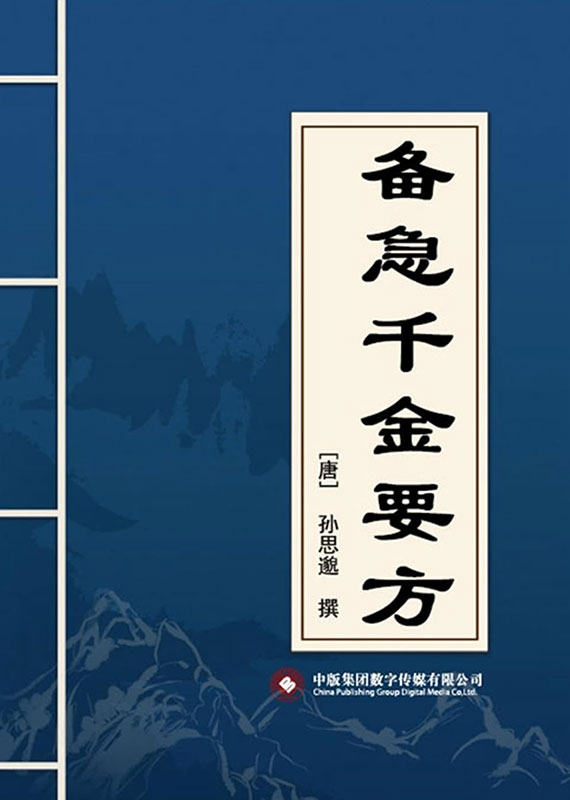
Sun Simiao was the Elvis Presley of TCM. No, he didn’t shimmy his hips for a living. But he was “The King.” The “King of Medicine” that is. Having lived during the Tang dynasty (581–682 CE), Sun earned the title for good reason. A scholar-physician with encyclopedic knowledge, he wrote Prescriptions Worth a Thousand Gold Pieces.
An immense work covering everything from gynecology and pediatrics to preventive medicine and ethics, Sun’s philosophy is that medicine isn’t just about curing disease. It’s also about cultivating virtue. “A great doctor treats all people equally, like family,” he wrote. That idea was as radical in the 7th century as it is in today’s insurance-driven healthcare model.
Sun also emphasized prevention. He urged the masses to live in harmony with nature and their own constitutions before illness set in. You can almost imagine Sun shaking his head at our reliance on quick-fix wellness fads. His advice? Listen to Ben Franklin, who famously said, “An ounce of prevention is worth a pound of cure.” Some 1200 years before Franklin supposedly uttered those words of wisdom, Sun counseled to invest in prevention, which taking the analogy back in time is worth more than a thousand gold pieces. And, a lot cheaper than a trip to urgent care!
Li Shizhen: The Herbal Detective
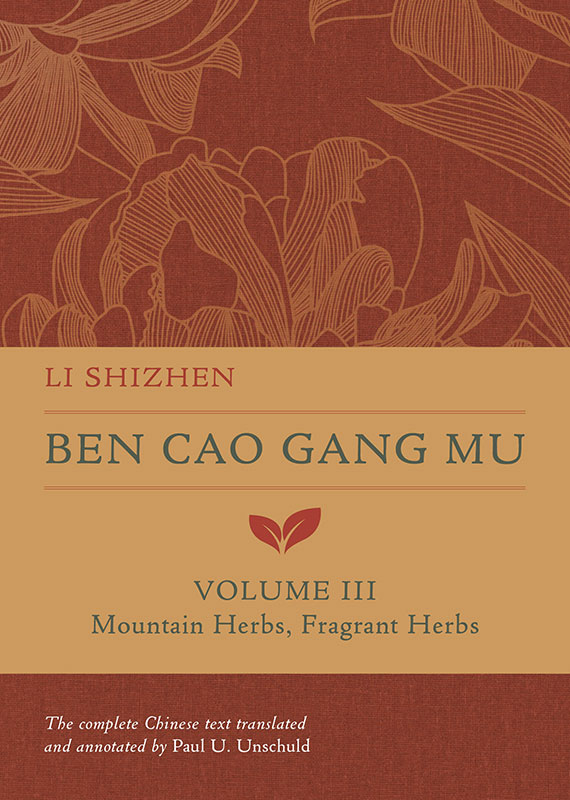
Li Shizhen is the Sherlock Holmes of TCM. This legendary TCM detective (not his official title) lived during the Ming dynasty (1518–1593). His path was paved with frustration. Stymied by the errors and contradictions in earlier texts, Li spent nearly 30 years compiling and revising the Bencao Gangmu (Compendium of Materia Medica), which ultimately cataloged almost 1,900 substances from plants, animals, and minerals.
His devotion to accuracy was so great that he often went into the field himself, tasting and testing herbs firsthand. (A veritable TCM guinea pig!) The result was a monumental encyclopedia that not only corrected centuries of mistakes but also became the gold standard of materia medica.
Thanks to his meticulous work, formulas such as Liu Wei Di Huang Wan (YinVive™), which nourishes Kidney Yin and supports healthy aging, were eventually developed, and continue to be trusted by practitioners today.
We can think of Li as the ultimate fact-checker of TCM, the kind of guy who would have thrived in the age of Wikipedia editing, except his entries saved lives instead of just arguments on the internet.
Tu Youyou: The Modern Nobel Hero
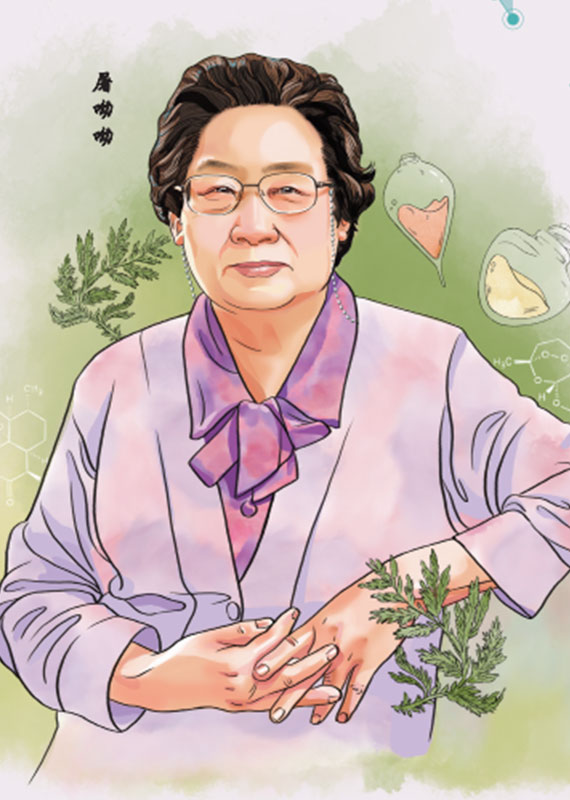
What’s better than one you? Two you’s! The lineage of TCM superheroes doesn’t end in the past. In 2015, Tu Youyou became the first Chinese scientist to win a Nobel Prize for work directly inspired by Chinese medicine. Studying ancient texts, she discovered that qinghao (Artemisia annua; wormwood) could be used to treat malaria. Tu’s breakthrough has saved millions of lives worldwide. Her story is proof that ancient wisdom still fuels modern discovery.
So the next time you sip herbal tea (easily make a TCM tea with herbal extract granules), stretch to shake off stiffness, or choose to go to bed earlier instead of staying up with your phone, remember: you’re following in the footsteps of TCM’s superheroes. You’re tapping into timeless wisdom that still protects us today.Like This Post? We Think You’ll Also Enjoy:
How Did Traditional Chinese Medicine Develop?



